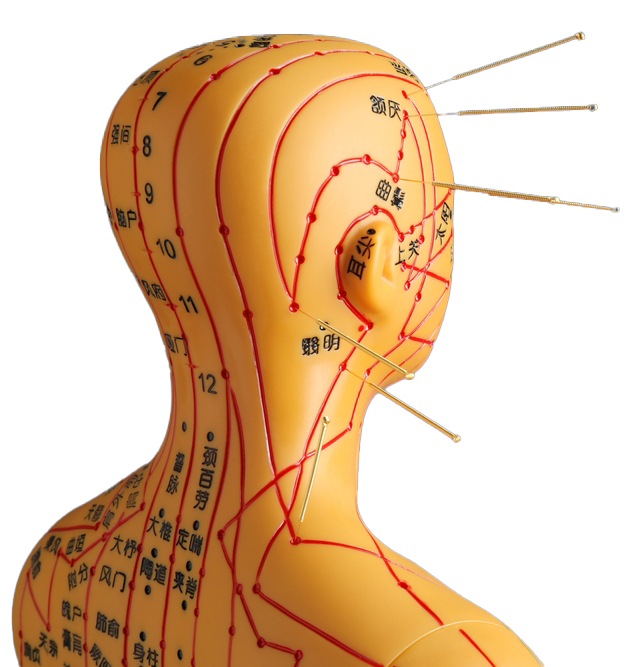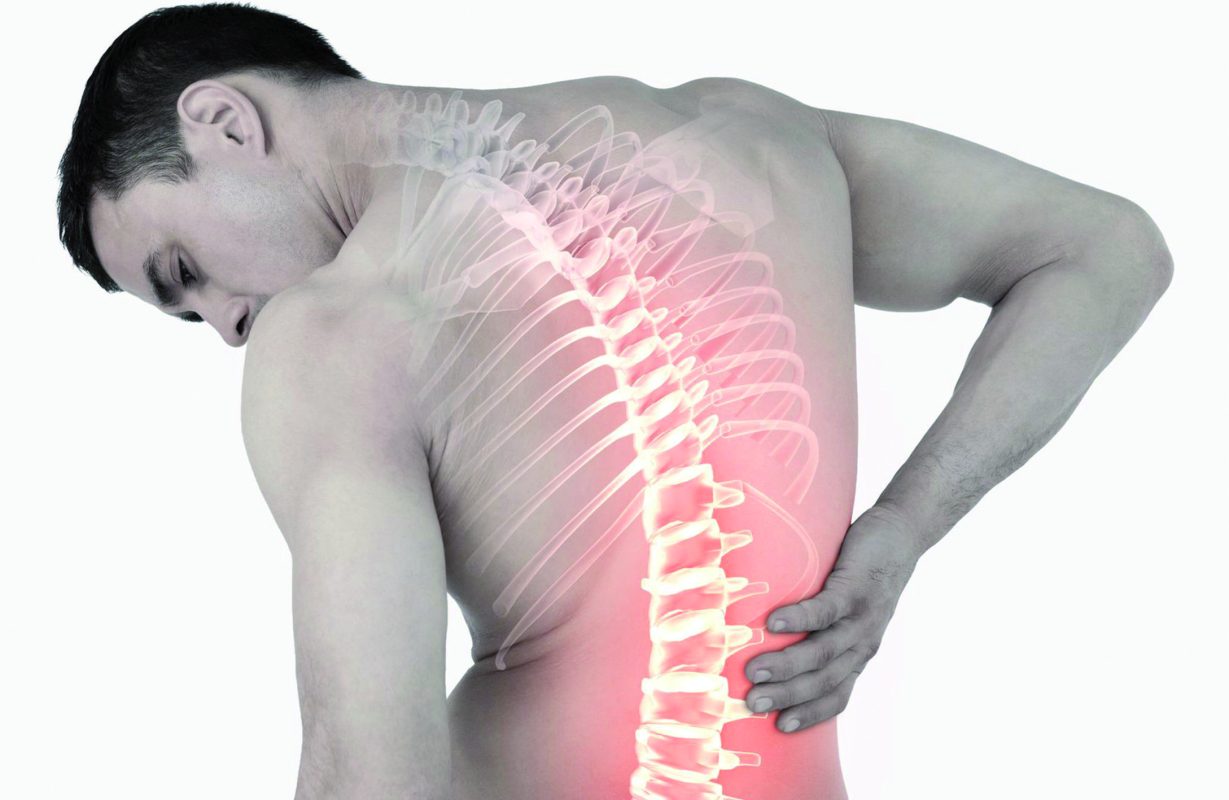- Facet joint Radiofrequency Thermocoagulation (RFT) Treatment
- Radiofrequency Thermocoagulation Dorsal root ganglion (DRG) radiofrequency thermocoagulation (RFT)
- Discitis Procedure
- Sacroiliac Joint Radiofrequency Treatment (Simplicity)
- In-Disc Ozone Therapy
- Nucleoplasty
- Transforaminal Injection (Pinpoint)
- Facet joint block
- Epidural Injection
Back Pain
- Home
- Back Pain
Contents
Toggle- Creating an individualised treatment plan
- The role of different specialities (physiotherapist, orthopaedist, psychologist, neurosurgeon)
- Pain treatment during pregnancy
- Treatment of chronic pain in the elderly
- Pain management in children
- Stress management
- Healthy eating
- Ergonomic living arrangements
- Exercise and mobility
- Facet joint Radiofrequency Thermocoagulation (RFT) Treatment
- Radiofrequency Thermocoagulation Dorsal root ganglion (DRG) radiofrequency thermocoagulation (RFT)
- Discitis Procedure
- Sacroiliac Joint Radiofrequency Treatment (Simplicity)
- In-Disc Ozone Therapy
- Nucleoplasty
- Transforaminal Injection (Pinpoint)
- Facet joint block
- Epidural Injection
- Cancer pain
- Permanent Epidural / Spinal Port Application
- Vascular Port (Permanent Vascular Access)
- Trigeminal Nerve RFT
- Blockade of Ganglion Stellatum
- Lumbar Sympathetic Ablation
- Facet joint Radiofrequency Thermocoagulation (RFT) Treatment
- Radiofrequency Thermocoagulation Dorsal root ganglion (DRG) radiofrequency thermocoagulation (RFT)
- Hernia Burning (IDET)
- Discitis Procedure
- Sacroiliac Joint Radiofrequency Treatment (Simplicity)
- Permanent Epidural / Spinal Port - Pump System
- In-Disc Ozone Therapy
- Nucleoplasty
- Peripheral Nerve Block
- Transforaminal Injection (Pinpoint)
- Facet joint block
- Epidural Injection
- Intra-articular Fluid Treatment
- Dorsal root ganglion (DRG) radiofrequency thermocoagulation (RFT)
- Spinal cord stimulation (pain pacemaker)
- Ergonomic living arrangements
- Spinal cord stimulation (pain pacemaker)
- Nucleoplasty
- Radiofrequency ablation
- Herbal solutions
- Dry needle treatment
- Anti-ageing treatments
- Ozone therapy
- Cupping therapy - Cupping
- Mesotherapy
- Prolotherapy
- Acupuncture
- Stem Cell Therapy
- Nerve blockages
- Corticosteroid injections
- Massage and relaxation techniques
- Manual therapy
- Electrotherapy
- Neuropathic pain medications
- Anti-inflammatory drugs
- Muscle relaxants
- Painkillers (paracetamol, ibuprofen, etc.)
1. Common Causes of Back Pain
- Muscle Tension and Posture Disorder
- Working at a desk for a long time, dropping the shoulders forward or slouching.
- Being overweight, carrying extra loads in the front (especially around the navel) can lead to an imbalance in the back muscles.
- Lifting the weight incorrectly (not using the lumbar or leg muscles instead of the back when bending).
- Sedentary Lifestyle
- Working sitting all day long or moving too little causes the back muscles to weaken.
- Lack of exercise leads to weakness of the muscles and connective tissues around the spine.
- Stress and Psychological Factors
- In cases of stress, depression or anxiety, the muscles also become more tense and pain is triggered, especially in the back and shoulder area.
- Spinal Problems (Curvatures such as Scoliosis, Kyphosis)
- Congenital or acquired spinal curvatures can cause back pain.
- These curvatures lead to asymmetrical loading and imbalance in the back muscles.
- Osteoarthritis or disc problems
- Calcification, which is seen in advanced age or in some degenerative diseases, can also cause pain in the thoracic (middle) part of the spine.
- Less commonly, problems with the spinal discs (e.g. thoracic disc herniation, although this is less common than herniated discs in the lower back or neck) can cause back pain.
- Trauma and Injuries
- Events such as falls, bumps or traffic accidents can damage the muscles, ligaments and spine in the back area.
- Rare Causes
- Osteoporosis (osteoporosis), especially in the elderly, can lead to spinal collapse fractures and cause back pain.
- Some diseases of the internal organs (lung, heart problems, etc.) can sometimes be characterised by back pain. In such cases, back pain is usually not the only symptom; shortness of breath, chest pain or similar additional symptoms may also be present.
2. Symptoms and Cautions
- Mild or Severe Pain: The pain may increase with movement, as in low back or neck pain, or may be felt after a long stay in a certain position.
- Muscle stiffness or spasms: Back muscle spasms that occur suddenly and sharply.
- Pain radiating to the shoulders and chest: Sometimes back pain can radiate to the shoulder blades or the front of the chest.
- Posture Disorder: Curvatures of the spine or tense muscles can make it difficult for a person to stand upright.
- Pain when breathing: In some cases, pain may be felt in certain areas of the back when breathing deeply (in this case, other possible causes, such as lung or rib problems, should also be considered).
- Night Pain or Increased Pain at Rest: Severe back pain that does not subside even at rest or that causes waking up at night may indicate a serious underlying problem.
3. Diagnostic Methods
- Medical History and Physical Examination
- Questions such as when the pain started, what triggered it and what course it follows are questioned in detail by the doctor.
- During the examination, the curvature of the spine, muscle tension, tenderness points and range of motion are assessed.
- Imaging Techniques
- X-ray: Provides information about curvatures of the spine (scoliosis, kyphosis), calcification or fractures.
- Magnetic Resonance (MR): It is used for detailed examination of problems related to soft tissue, muscle, disc and connective tissues.
- Computed Tomography (CT): It provides more detail than X-ray for detailed visualisation of bone structure.
- Blood Tests
- Sometimes it may be ordered to rule out conditions such as inflammatory rheumatism or infection.
- Other Reviews
- In doubtful cases (e.g. if heart or lung complaints are suspected), ECG, chest X-ray or other further investigations may be ordered.
4. Treatment and Approaches
- Medication Therapy
- Painkillers, anti-inflammatory drugs or muscle relaxants can be used on doctor's advice.
- Since long-term or irregular use of medication may be inconvenient, a physician should be consulted.
- Physiotherapy and Exercise
- Exercises (Pilates, yoga, swimming, etc.) that strengthen and stretch the back muscles and keep the spine upright provide significant benefits when performed regularly.
- Physiotherapy applications (manual therapy, massage, ultrasound, hot-cold applications) can be effective in reducing muscle spasms and pain.
- Ergonomic Arrangements
- Using a chair that supports the back and fills the lumbar space when sitting in the office or at home.
- Prevent slouching posture by keeping the computer screen at eye level.
- Choosing a mattress and pillow that provide adequate support while sleeping.
- Posture Training
- Standing with shoulders back and chest slightly forward; making sure that the head is upright.
- Do not stay in the same position for a long time, get up and stretch at short intervals.
- Lifestyle Changes
- Avoid inactivity and make regular physical activity a habit (brisk walking, cycling, swimming).
- Getting rid of excess weight; carrying excess weight puts additional burden on the back.
- Use relaxation techniques, breathing exercises or meditation to reduce stress.
- Alternative and Supportive Practices
- Methods such as acupuncture, chiropractic manipulation, osteopathy can provide relief for some people.
- It is important to consult a doctor before starting these applications.
- Surgical Intervention
- Surgical options are considered in very rare and severe cases, such as a herniated disc or in advanced spinal curvatures (scoliosis/kyphosis).
- The decision for surgery is usually made when conservative (non-operative) treatments fail to produce a response or in cases of progressive problems such as nerve compression.
5. Tips for Preventing Back Pain in Daily Life
- Taking a Break and Moving
- In seated work, stand up every half hour and take a few minutes of stretching and walking breaks.
- Correct Lifting Techniques
- When lifting an object from the floor, learn to descend by bending the knees instead of the waist and to transfer the weight to the leg muscles.
- Establishing an Exercise Routine
- Regular back, shoulder and neck stretching and strengthening exercises every day or a few days a week.
- Choosing a Suitable Bed
- Using a mattress that supports the curvature of the spine and is not too soft or too hard.
- Avoid carrying excessive loads and heavy bags
- Carrying heavy bags, especially on one shoulder, can lead to asymmetry and pain in the back muscles over time.
- If using a backpack, make sure that both shoulder straps are used to distribute the weight evenly.
- A Stress-Free and Balanced Life
- Since psychological tension will also strain the muscles, it is important to spend time on relaxing activities such as meditation, hobbies and social activities.
6. When to consult a doctor?
- If the pain has become constant or chronic: Pain that does not improve with rest or simple measures after several weeks.
- If the pain is getting worse or Increases even at rest.
- Difficulty Breathingback pain with additional symptoms such as chest pain, heart palpitations.
- Numbness, tingling or weakness in the arms or legs (may indicate spinal cord or nerve root compression).
- Fever, loss of appetite, weight loss or night sweats if there are systemic symptoms (investigation may be required for serious conditions such as infection or tumours).
- Any Trauma or Accident as a result of severe back pain.
Summary
Back pain is often caused by factors such as incorrect posture, stress, muscle tension and inactivity. In mild to moderate cases, correcting posture, regular exercise and stretching, strengthening the back muscles and taking ergonomic measures usually lead to a significant improvement. As the pain becomes prolonged and severe, especially when symptoms such as numbness in the arms or legs, night pains and weakness occur, professional medical assessment should not be neglected. In the long term, a balanced lifestyle, regular exercise, weight control and stress management are the most important supportive steps to manage and prevent back pain.
Our treatments
- Home
- Back Pain





